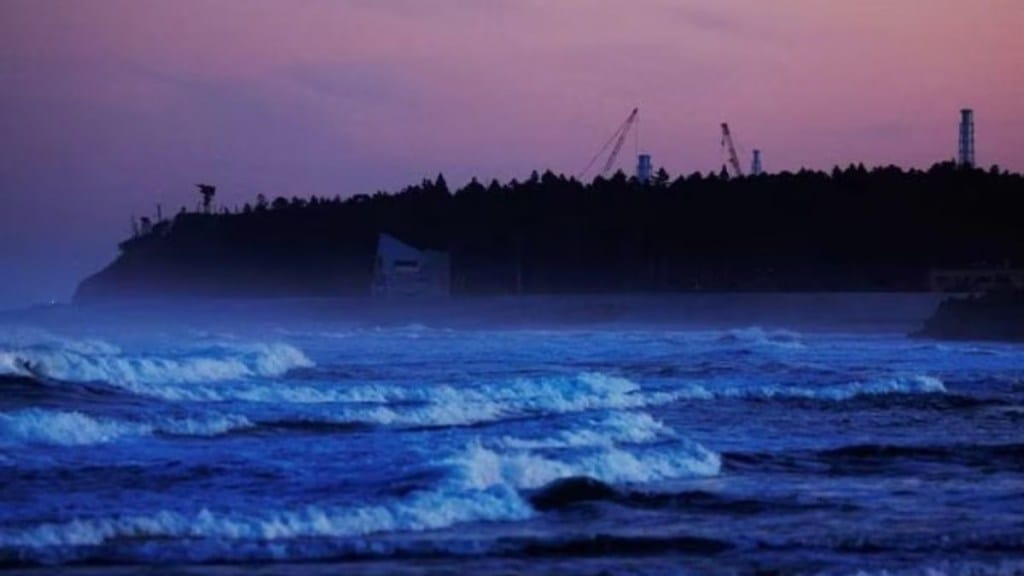The International Atomic Energy Agency (IAEA) on Tuesday (July 4) approved a plan by Japan to release a huge amount of treated nuclear wastewater from the destroyed Fukushima power plant into the ocean. The development comes after a two-year review, despite fierce resistance from Beijing and some local residents.
U.N.’s nuclear watchdog has given Japan the green signal to release more than a million tons of treated radioactive water into the ocean. According to the IAEA review, Japan’s plans were consistent with global safety standards. The agency also revealed that releasing treated radioactive water from the tsunami-wrecked Fukushima plant would have a “negligible radiological impact on people and the environment”.
‘This is a very special night’
While handling the thick blue folder containing the report to Prime Minister Fumio Kishida, IAEA chief Rafael Grossi said “This is a very special night”. In conversation with the reporters, Grossi highlighted that he would station IAEA staff at the Fukushima plant to monitor the release, which is due to span 30 to 40 years.
The IAEA chief also met with a small group of protesters and said, “we have to recognise that such a thing has not happened before”, adding that Japan would have the final say on the release.
Process is safe
Meanwhile, the Japanese government has assured that the process of release is safe and the water being released is treated. The treated water which will be released is enough to fill 500 Olympic-sized swimming pools and was earlier used to cool the fuel rods of the Fukushima plant before it was damaged by the earthquake and resulting tsunami.
It may be noted that Japan is yet to announce the definitive date to commence the release of the water. The approval is pending from the national nuclear regulatory body for Tokyo Electric Power (Tepco). The final word on the plan, which was unveiled in 2021, could come as early as this week.
Vehement resistance
Several groups including the Japanese fishing unions have long opposed the plan while highlighting that it would undo work to repair reputations. On the other hand, a petition from the residents of a nearby region has garnered more than 250,000 signatures since the proposal was first made.
The plan has also faced severe international criticism stating a threat to the marine environment and public health. Among all, Beijing emerged as the biggest critic.
“Japan will continue to provide explanations to the Japanese people and to the international community in a sincere manner based on scientific evidence and with a high level of transparency,” Kishida said as he met with Grossi.
China slams IAEA’s ‘nod’ for Japan’s plan
Amid all the criticisms and planning, Japan has emphasised that the said water has been filtered to remove most radioactive elements except for tritium – an isotope of hydrogen that is difficult to separate from water. The officials also added that before the treated water is released into the Pacific it will be diluted to well below internationally approved levels of tritium.
Japanese officials in a conference with foreign journalists in China last month revealed that the tritium levels in the treated water are lower than those found in wastewater released by nuclear plants around the world regularly, adding that, the officials have tried numerous times to explain the science behind Tokyo’s stance to Beijing, but their offers had been ignored.
Countering this as a baseless attempt and expressing its view on the development, China on Tuesday said Japan’s comparison of the tritium levels in the treated water and wastewater was “completely confusing concepts and misleading public opinion”.
“If the Japanese side is bent on going its own way, it must bear all the consequences,” the Chinese foreign ministry said in a statement.

